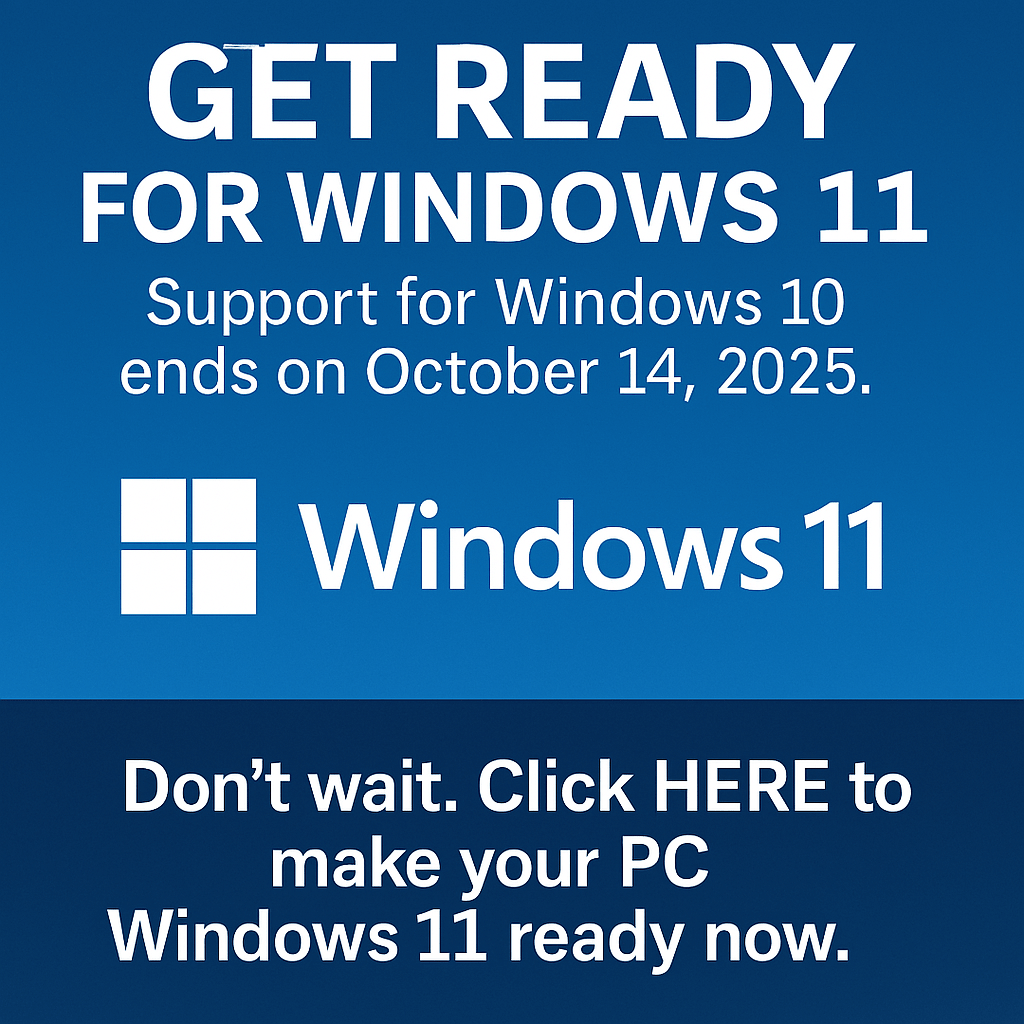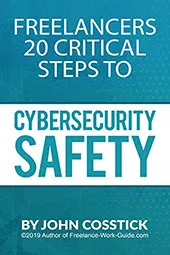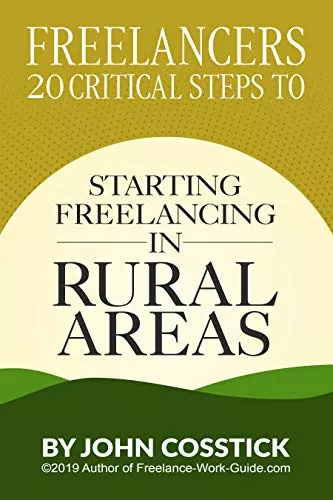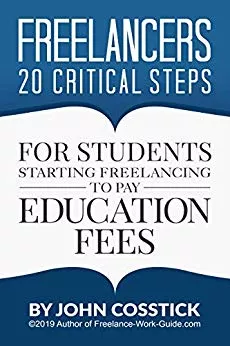Self Employment Options- Over 63 million Americans are now self-employed—almost equal to the combined populations of California and Texas. Self-employment offers more than just supplemental income; it’s a solid route to financial independence.
According to industry reports, nearly 30% of U.S. workers engage in freelancing, consulting, or e-commerce. These fields allow individuals to forge successful careers outside traditional employment.
The Small Business Administration reports that 64% of new businesses survive at least two years, illustrating the potential for sustained success when adequately planned.
Key Takeaways:
- Self-employment provides numerous entrepreneurial opportunities.
- High-demand markets include technology, healthcare, and sustainability.
- Success comes from aligning your skills with market needs.
- Independent work offers flexibility and financial freedom.
- Online platforms simplify starting your own business.
Understanding Self-Employment: Your Guide to Financial Freedom
Choosing self-employment means taking control of your income, time, and career path. This autonomy enables people to build financial stability while pursuing their passions.
- Manage your income sources.
- Choose projects that match your strengths.
- Create a lasting legacy beyond traditional employment.
Great businesses start small. A graphic designer might begin freelancing and eventually expand into a design studio. A food blogger could monetize through recipes and products. Small beginnings often lead to greater growth.
- Conduct market research.
- Identify valued skills.
- Pilot business ideas affordably.
Achieving financial freedom is a gradual process requiring consistent effort and adaptability. Select business ideas addressing genuine needs, such as virtual assistant services or eco-friendly products. Each step brings you closer to financial independence.

Exploring Self-Employment Options: Essential Steps for Success
Successful self-employment requires strategic planning, including researching market demand, aligning skills with opportunities, and preparing for challenges.
Identify Market Demands
Track industry trends via U.S. Bureau of Labor Statistics reports and freelance platforms like Upwork. Rapid growth sectors include technology, healthcare, and creative services.
- Use Google Trends to identify emerging niches.
- Check job postings on Fiverr for client demands.
Evaluate Your Skill Set
Align your talents with market needs. Coding skills match tech demands; creativity fits design or content creation. Consider which skills effectively solve client problems.
Overcome Early Challenges
Initial self-employment challenges include irregular income and time management. Save a 3–6 month emergency fund. Build your network via LinkedIn groups or local events. Use productivity tools like To-Doist for organization.
“Success hinges on consistent delivery, not just contract signing.” — Small Business Administration guide
Freelance and Gig Economy: Capitalizing on Trends
The gig economy has significantly expanded freelance job opportunities across multiple fields, driven by the demand for flexibility.
Current Gig Economy Trends
Remote work and digital tools drive demand for on-demand services. Rapid growth sectors include technology, creative arts, and consulting, facilitated by freelance platforms.
Top Freelance Platforms:
- Upwork: Global platform for creative and technical jobs.
- Fiverr: This platform specializes in creative services.
- Guru: Connects professionals globally.
Effective Client Relationship Management
Establish trust by:
- Communicating expectations and deliverables.
- Consistently delivering high-quality work.
- Using detailed contracts for clarity.
Effective client management supports sustainable freelancing success.
Independent Contractor Tips and Essential Resources
Transitioning to independent contracting requires careful planning and resourcefulness. Understand key legal differences, particularly regarding taxes and benefits. Comply with IRS guidelines to avoid misclassification.
- Use financial tools like QuickBooks or Wave Accounting.
- Obtain professional liability insurance through providers like Hiscox or CNA.
- Join supportive networks such as the National Association for the Self-Employed.
“Independent contractor success requires effective systems—manage cash flow weekly and invoice promptly.”
Utilize productivity tools like Calendly and Trello. Carefully review contracts, clearly outlining scope, payment terms, and dispute resolution processes.
Use tax software like H&R Block or TurboTax. Stay informed through IRS Publications 334 and 535, plus state labor regulations. Upgrade your skills through online courses (Coursera, LinkedIn Learning), and always maintain 3–6 months’ worth of emergency savings.
Side Hustle Ideas: Diversify Your Income
Starting a side hustle combines passion and market needs. Freelance or entrepreneurial ventures provide additional income alongside full-time employment.
Choosing the Right Niche
Align your skills with current market needs. Graphic designers and content writers find consistent demand. Test ideas with small projects and minimal investment.
Balancing Side Hustles with Commitments
- Schedule side-hustle hours on Google Calendar.
- Automate tasks with Zapier.
- Communicate availability to family and clients.
Maximizing Multiple Income Streams
Combine complementary business ideas, like online tutoring and selling educational resources, or photography with stock image sales.
Work from Home: Effective Strategies
Successful remote work demands disciplined routines and technology:
- Communication tools: Slack, Microsoft Teams
- Project management: Trello, Asana
- Virtual meetings: Zoom, Google Meet
Tips for Home Productivity:
- Set clear working hours.
- Use the Pomodoro method.
- Schedule regular breaks to prevent burnout.
Regularly update habits and tools for sustainable productivity.

Small Business Startup: Ideas for New Entrepreneurs
Successful startups begin with careful financial planning. Test low-cost business ideas first. Monitor finances using QuickBooks or Excel.
Budgeting and Funding Strategies:
- Start with personal savings or microloans (Kiva).
- Apply for SBA grants or partner with incubators.
- Crowdfund through GoFundMe.
Maintaining a Competitive Edge:
Stand out through exceptional service, customer focus, and creative social media marketing.
Launching a Startup: Best Practices
A robust startup requires a detailed business plan, legal compliance (LLC registration, licensing), and targeted marketing strategies.
Conclusion: Achieve Financial Freedom Through Self-Employment
Self-employment offers financial freedom and creative satisfaction. Strategic planning, skill enhancement, and online platforms like Upwork and Fiverr significantly support entrepreneurial success.
Act proactively. Embrace flexibility and adapt to market needs to build a rewarding, sustainable career.
FAQ
Q1: What are the best self-employment options to consider?
Many self-employment options exist, like freelance work and starting a small business. These offer flexibility and the chance to earn more. Freelancing is common in writing, design, and programming. The gig economy also offers jobs through platforms like Uber and Upwork. Each option has its benefits.
Q2: How do I start freelance work successfully?
First, check your skills and see what’s in demand. Make a professional profile on freelance sites. Network and show off your work. Good communication and managing clients well are key. They help build trust and get more work.
Q3: What are some popular side hustle ideas?
Side hustles include tutoring, social media management, and drop shipping. You can also work on gig economy platforms. Pick something you enjoy and that fits your skills. This way, you can earn extra money without it taking over your life.
Q4: What strategies can I use to work from home effectively?
Create a dedicated workspace and set a routine. Use tools like project management software. This helps stay productive.
It’s also important to keep work and personal life separate. This prevents burnout and keeps you focused.
Q5: What are the advantages of being an independent contractor?
Independent contractors enjoy flexibility and can earn more. They get to work on different projects. But, they must handle their own finances and legal stuff. This includes taxes and permits. It’s a big responsibility but can be rewarding.
Q6: How can I secure funding for my small business?
You can get funding through loans, grants, crowdfunding, or investors. A solid business plan and financial projections are key. They show your business is viable. This makes it easier to get funding and start your business.
Q7: What are the current trends in the gig economy?
The gig economy is growing, with more remote work and skilled freelancers. Platforms are expanding, connecting workers with clients. It’s a flexible option that’s becoming more popular.
Q8: How do I balance a side hustle with my full-time job?
Time management is crucial. Set boundaries and prioritize tasks. Schedule side hustle time carefully. Be realistic about what you can handle. This way, you can do well in both your job and side hustle.
Q9: What essential resources should I utilize as an independent contractor?
Use accounting software for finances and contract templates for agreements. Online platforms can help find jobs. Networking through professional groups is also helpful. These resources support your work and offer valuable insights.















